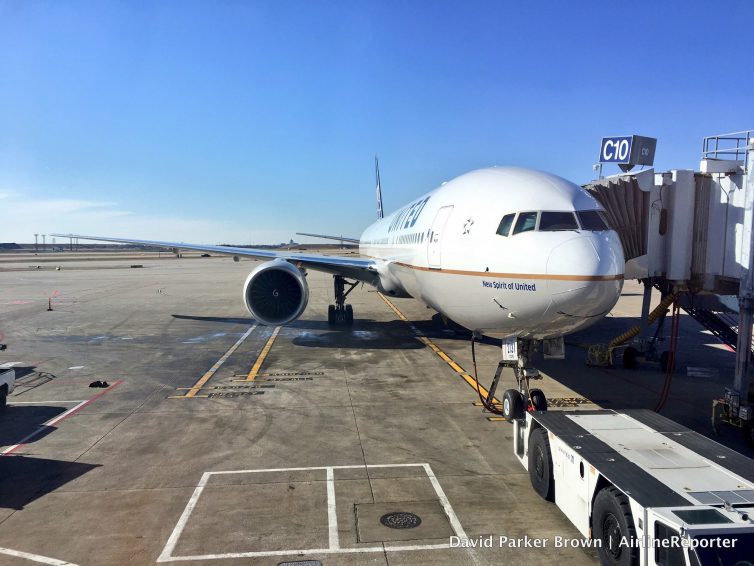
United’s first Boeing 777-300ER (reg N2331U) at Chicago
Last Monday, it was disorienting when my alarm went off at 3:30am. At the time, I was not sure why it was happening, but I knew that I was not a fan. That was until I snapped back into reality and remembered that I was getting up early to fly on a few airplanes. The mission of that day was to check out United’s new Polaris business class — and I was up for it! I was to start in Seattle, fly to Chicago to meet United’s first 777-300ER, then I would get to know the product flying to San Fransisco, before heading home. All in the same long day.
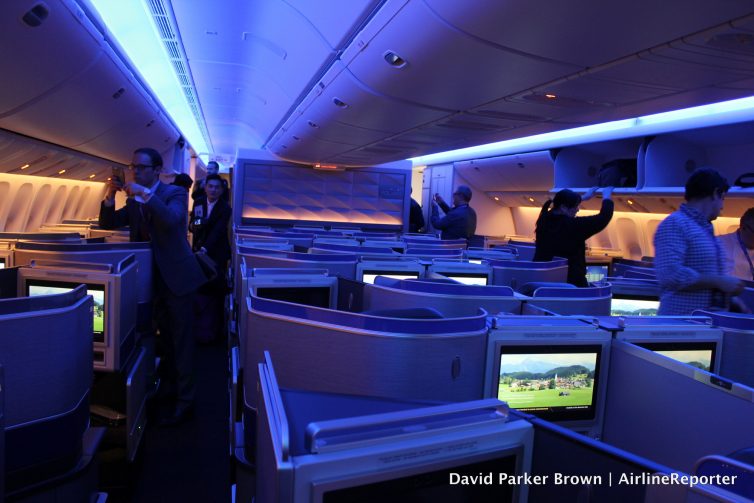
In the Polaris business class cabin on United’s first 777-300ER
I have read about United’s new Polaris product and seen the photos, but nothing beats putting it to the test at 40,000 feet. Was it worth getting up so early? Oh you better believe it — it was one stellar experience (okay, I will try to behave with the space puns, mostly).
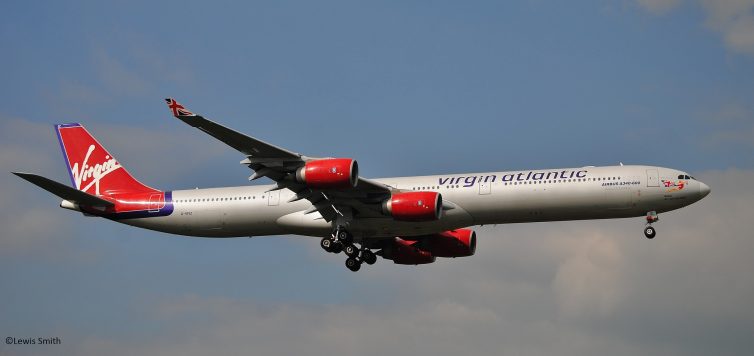
Virgin Atlantic’s Airbus A340 called Bubbles – Photo: Lewis Smith | FlickrCC
Recently, I used my Delta Skymiles for a trip to London. However, rather than flying the genteel Southern airline (aka Delta), I used my miles to book an Upper Class ticket with their joint venture partner, Virgin Atlantic (recently named the fifth-best international airline by Travel + Leisure). I was excited to put them to the test!
I had no trouble booking the trip through Delta’s website. I simply logged into my account, searched for DFW to London. 125,000 miles later, I was booked to go to London on an overnight flight across the pond. My husband, who booked separately, also had no problems making his reservation, even though he paid with actual dollars.
-
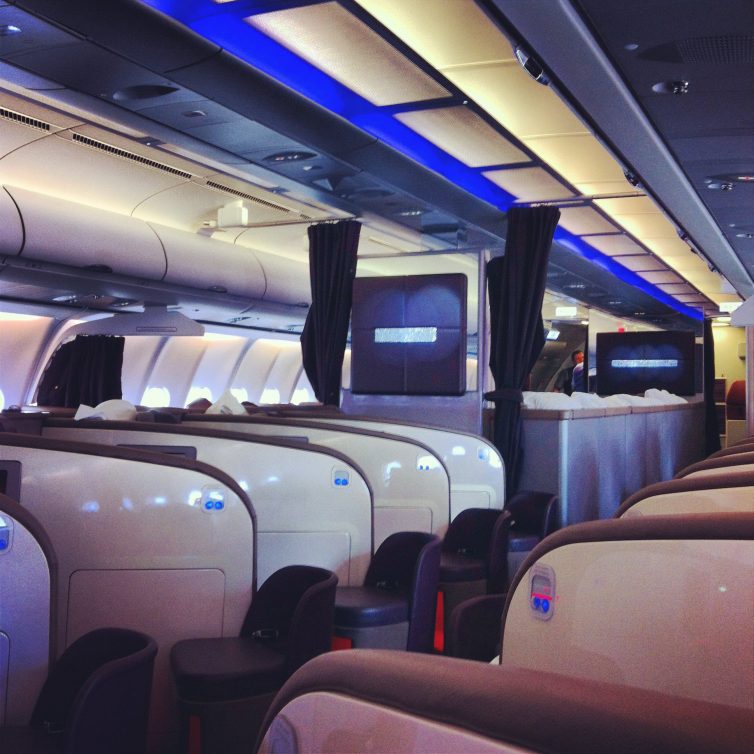
-
The Upper Class cabin – Photo: John Walton
-
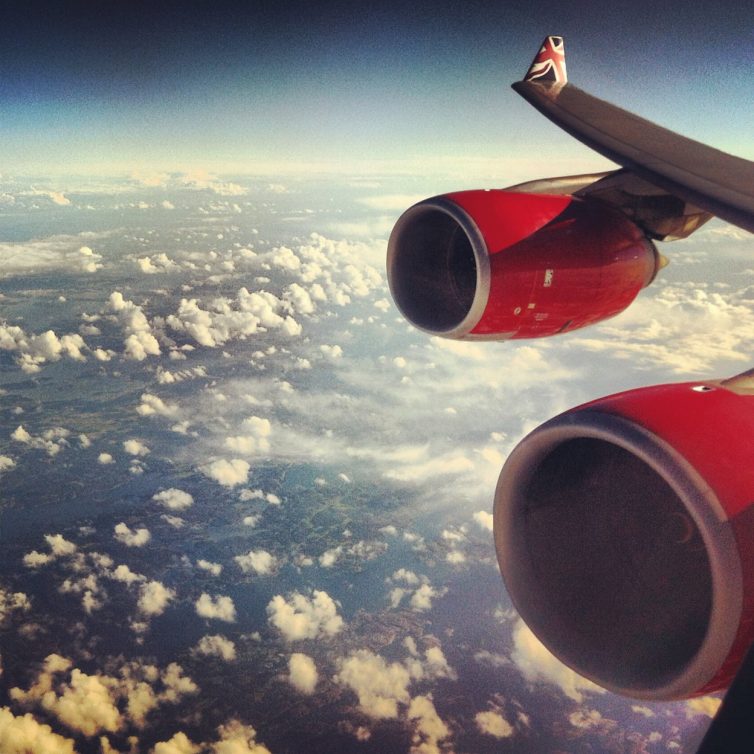
-
Four engines, for long-haul – Photo: John Walton
The morning of our flight arrived and we took a taxi from our apartment in downtown Dallas to DFW International Airport, arriving at terminal E where Delta has its outpost inside the American Airlines fortress hub. We arrived three hours early as recommended for international flights, but being that it was just before 6:00 A.M. on a Saturday morning, it took less than 10 minutes to check our bags, get through security, and get in to the Delta Sky Club, where I drank all the Starbucks coffee anyone could ever want and grazed on bagels, English muffins, and other breakfast foods.
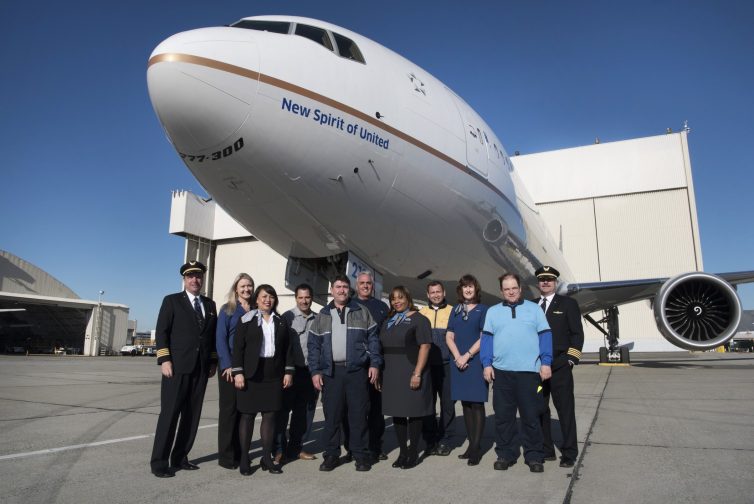
Welcoming their new 777-300ER ’“ Photo: United
It’s not every day that an airline welcomes a new aircraft into its fleet, especially when the plane has the entire airline’s high expectations on its shoulders. But that’s exactly the situation with United’s new fleet of Boeing 777-300ERs, outfitted with the long-awaited Polaris premium cabin. The first of the fleet, christened the “New Spirit of United,” will start carrying passengers this month.
Are you curious whether the Polaris seat and the “New Spirit of United” will match the hype? Well get excited: AirlineReporter will be onboard the preview flight of the United 777-300ER and the Polaris seat this coming Monday, the 13th. We’ll give you a glimpse of the sleek new Polaris-branded lounge at Chicago O’Hare before the brand-new 77W flies us to San Francisco in style. We’ll also be providing updates on Monday via Twitter.
Below we’re giving you the lowdown on the 777-300ER debut, a primer on Polaris, and pro tips on how you can experience both for yourself. Excited? Read on!

The entrance to the Club to SJC – Photo: SJC
This past December, The Club at SJC, at San Jose Mineta International Airport (SJC) received the Priority Pass North America ’œLounge of the Year’ by Airport Lounge Development. This is a lounge of the people… well mostly. You don’t need to have a first class ticket or “Double Platinum, Wrapped in Diamonds” status with an airline (that might not be a real thing). If you have a few extra bucks, some time to burn, and a want to live a bit of the high-life, The Club at SJC might be for you.
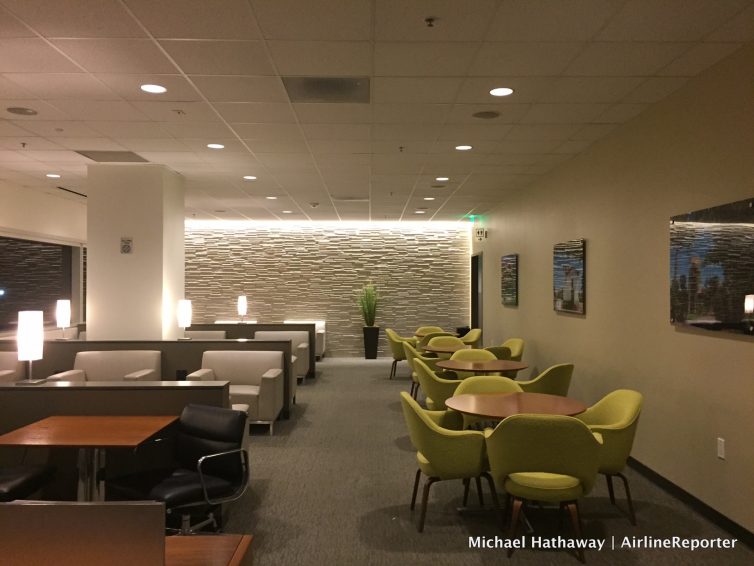
The Club at SJC
AirlineReporter was invited to visit the lounge to learn more about common use lounges, and of course see this award-winning staff in action (spoiler alert ’“ it is no surprise at all to see why this lounge won).
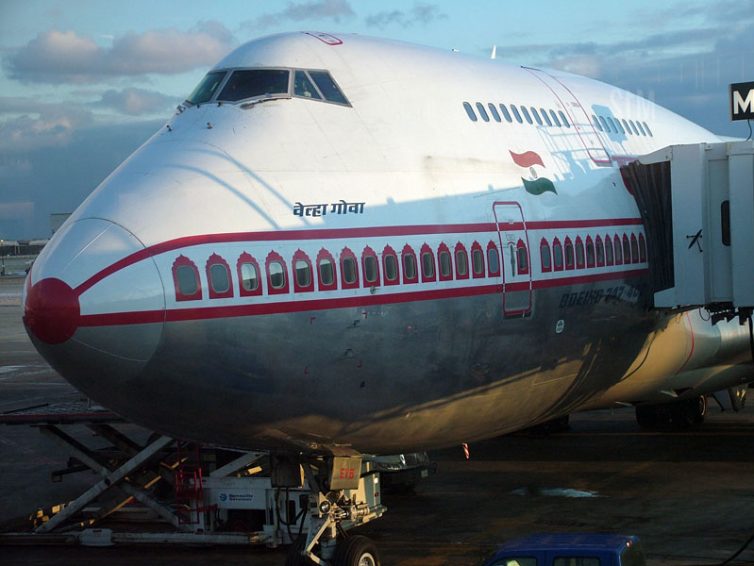
An Air India Boeing 747 – Photo: JB | FlickrCC
As a six-year-old kid growing in a tier-2 city in India back in the 90s, the only modes of transportation I was familiar with were trains and buses. Flying was a distant dream, primarily because we had no airport and because flying back then was an expensive luxury only a few could afford.
Fast forward twenty years and there are at least a dozen international airports in India with virtually every important city connected by a domestic airline route. Flights are affordable, perhaps even equivalent to the A/C sleeper coaches on trains. Thanks to the emerging low-cost airlines, the likes of Indigo, Go Air, Air Asia, Spicejet, and more, flying today in India is no more seen as a mark of status that it once was. It has become more of a way for the masses to travel within and out of the world’s second-most-populous country. But will the young folks flying for the first time today be able to fall in love with aviation as I did in my childhood? Or will they just see it as a basic form of transportation?








